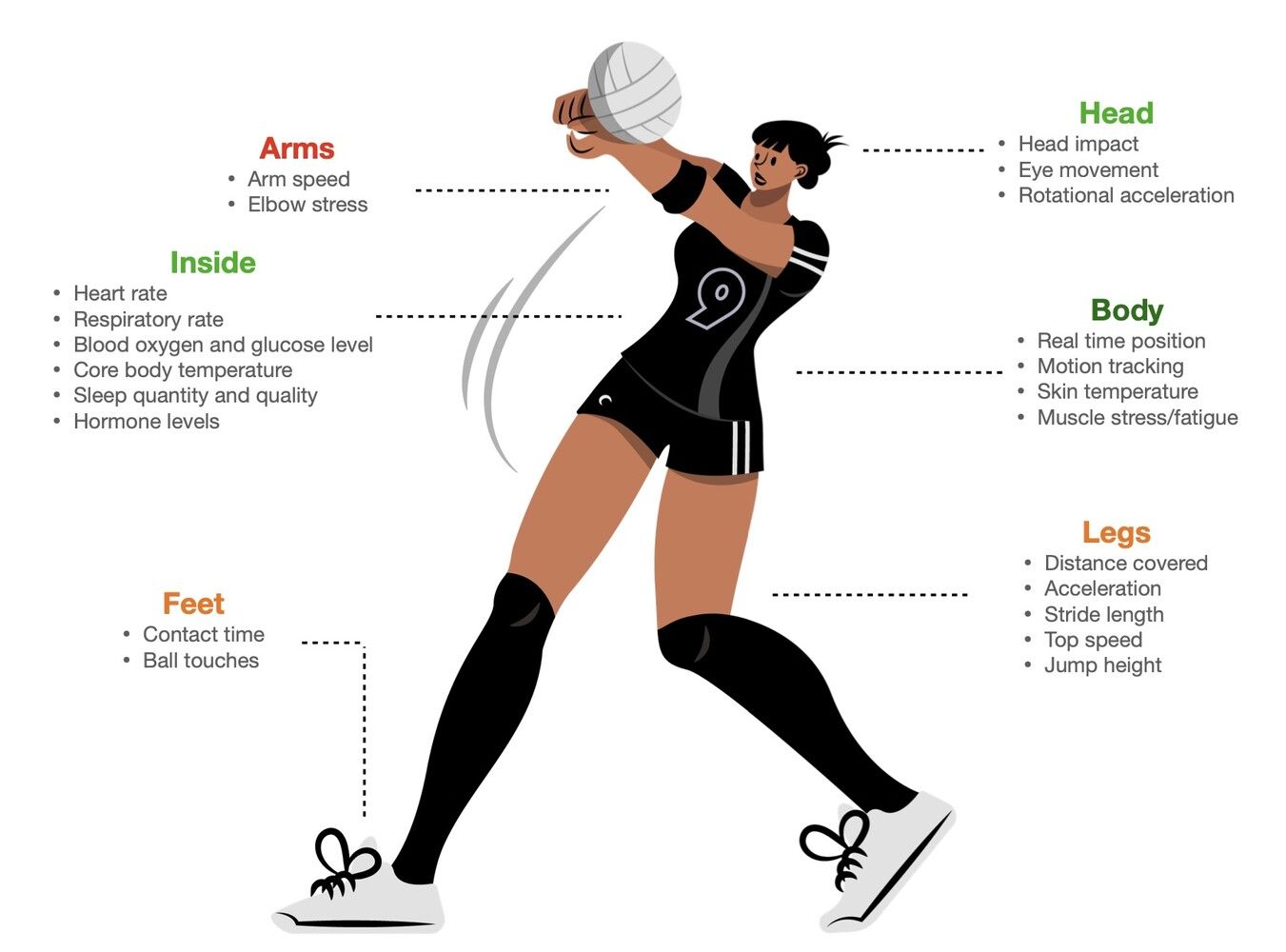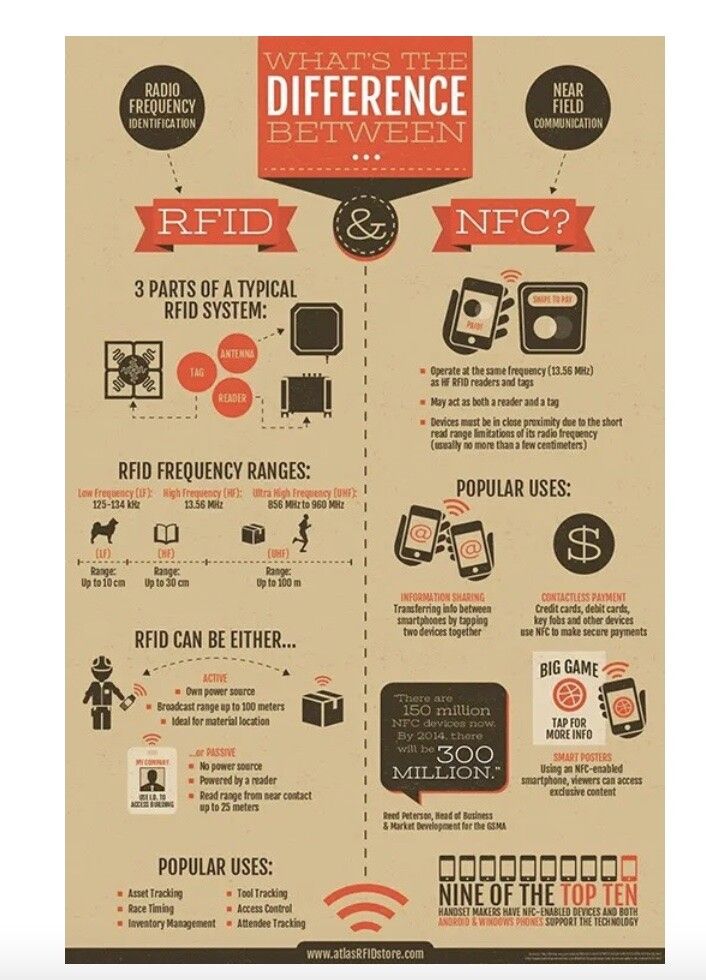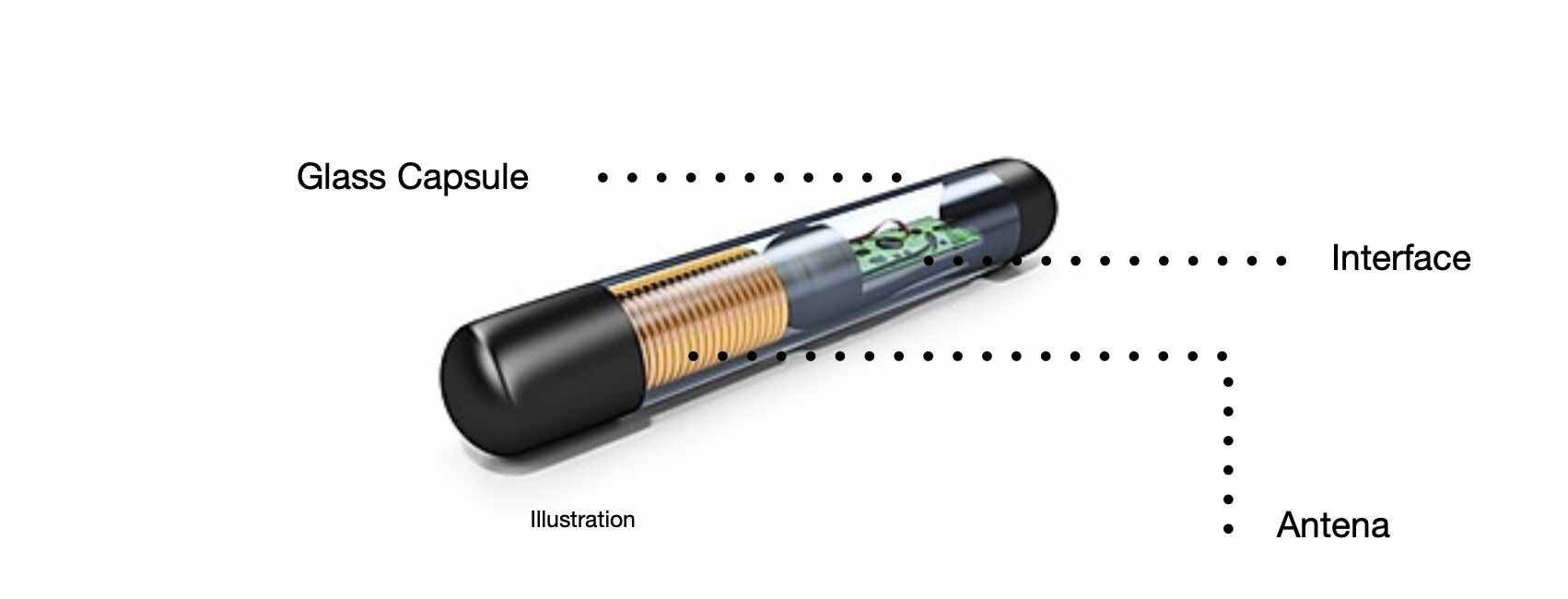Athlete's Biometric Data (on sale)
May 4
/
Dex Laninovic

What’s going on with biometric data?
It is not unknown that biometric data has been used in the creation of training for some time. As technology advances, coaches and organisations themselves have more and more data that can be used for various purposes.
We know that companies develop and produce chips that can be implemented in athletes or any person on the planet and collect any kind of data. At the moment, those chips are smaller than grains of rice. And the use of them is painless and simple.
During my research, I came to the conclusion that there is a lot of grey area in collecting data and distributing them. Who owns them? Athletes, organisations, or someone else? And what to do if someone abuses them?
Actually, what is biometric data and what do we know about it?
Biometric data refers to any kind of biological information from an individual athlete. These metrics could include everything from pulse rate and blood glucose or oxygen levels to sweat rate and sleep rhythms. Some biometric measurements, such as heart rate, have been used for decades. Now though, digital sensors and ubiquitous low-latency communication networks and many more measurements can be made, in more physical locations, at a greater speed.
Let’s see so far which data we can collect in general without any invasive procedures.

Another example of biometric data usage is Cycling. A glucose sensor is worn on the upper arm. It has tin fibril implanted just under the biker's skin. The patch can monitor hydration and body temperature which can be monitored through a pill as well.
I believe that it is just a matter of time before the big organisations who invest lots of money will ask and demand from athletes (in order to protect their investment) to put chips under the skin and monitor all activities.
For example, IOC, UEFA, and FIFA can use chips for controlling if someone used doping during big events such Olympic Games, or World or European Championships.
Data usage and challenges
Can you imagine a scenario where before any game the announcer comments that Luka Modrić had 7,5 hours of sleep and that his heart rate is above usual, his lactate blood levels are too low or too high? How would that information influence fan engagement? And directly or indirectly the revenue stream?
Or if Ronaldo allows a certain company to monitor his biometric data and uses it to develop a specific application that shows his psychophysical condition? Anyone who pays and downloads the app sees Ronaldo's condition and can estimate the percentage at which he will bet on his personal results. Or if all the Man United players agree to share their biometric data with the same company? How much is that information worth?
As I mentioned before, those are not impossible scenarios but most of this data already exists. So there is a question from the beginning: Who owns the data? One thing is for sure, these informations are precious.
It is important to emphasise that in high-level sports, the little things and details decide the winner. At the top level, everyone is equally strong, fast, and well organised. I believe that access to specific data can greatly change the outcome of a match.
Switzerland already has a couple of companies that develop capsules and software, combined together, give us a final product: a chip. The chip can be implemented in special laboratories in patients.
USA vs EUROPE interpretation of regulations
For example, the NFLPA (NFL Players Association) currently has an agreement with WHOOP (American Wearable Technology Company) that allows players to track their basic biometrics (heart rate and sleep patterns).
Actual game data can be commercially sold; however, any data collected on the practice field — or in a player's bed — must be negotiated into future collective bargaining agreements.
The current collective bargaining agreement for MLB (Major League Baseball) permits players to wear the technology but bans them from selling it. NBA players are not permitted to wear any devices during games, and they are also not permitted to profit from the data.
The NHL (National Hockey League) has no provision in its collective bargaining agreement for biometric data, but it is important to point out the existence of paper that ownership is already looking to commercialise the data when the two sides meet again in 2022.
Alliance of American Football Association, which exists only one year, did sell the data, but only to MGM, who used it in live odds making.
EUROPE and GDPR ( General Data Protection Regulation)
In Europe, GDPR regulates and protects all personal data regardless of the industry that you are in. Article 4 of GDPR clearly states what is and who has the rights to personal data.
So far, football in Europe is making the biggest breakthrough when we talk about biometric data protection and usage.
FIFPRO 2020 (Worldwide Representative Organisation for Professional Footballers) has issued a document stressing the importance of athletes “biometric data” which regulates the use of personal data in football (referring to Article 4 of the GDPR). The document states that athletes have absolute rights to their biometric data and how they will use it.
A couple of questions are asked accordingly. Can an athlete refuse to provide information to clubs or institutions? Can the athlete provide this information for use by third parties (bookmakers or similar)?. How can clubs control athletes not to disclose this information to third parties?
What is Chip exactly and how it works?
Over the last 20 years, implantable technologies have taken a wild ride. In 1998, Kevin Warrick was the first man to implant an RFID (Radio Frequency Identification Device) into his body.
Globally more than 50,000 people live with sub-dermal NFC (Near Field Communication) implants to optimise their lives. The movement was accelerated in Sweden where the Swedish railway system already accepts NFC implants to be used as railway passes. Many gyms in Sweden allow access with implants, and offices have widely adapted to replace their key cards.
What is the difference between RFID and NFC?
What is the difference between RFID and NFC?

Since then society has created entirely new infrastructures and the digital transformation has suddenly made sub-dermal technologies, a feasible solution for our everyday lives. We have NFC readers in our smartphones, have ditched analogue locks for digital ones, and are driving keyless cars. We use electronics to optimise every aspect of our lives to save time and increase our humanitarian efficiency.

Basically, chips do not need a battery to be 100% functional. Glass capsules have holes at the molecule level which allows the chip to collect all the data that can be taken from the blood.
Can chips be used as doping?
When we talk about doping, WADA (World Anti Doping Agency) is an organisation with undisputed authority in the world of sports. The vast majority of all world federations are members of WADA. Even the UFC, through the USADA (United States Anti-Doping Agency), which is a signatory to the WADA as an organisation, recognises WADA's doping guidelines.
As we mentioned before, it is clear that Article 4 of the GDPR speaks of the indisputable right of every individual, regardless of whether he is an athlete or a "civilian", to biometric data, but in the case of sports, the question arises as to whether anti-doping recommendations are usable? Can the implementation of the chip in the athlete's body be characterised as doping or attempted doping?
So far, I have found no article for these recommendations that explicitly refer to the ban on the use of this information or the installation of chips in the body.
For example, if there were a ban on the installation of a chip that helps an athlete, who has a diagnosis (eg diabetes), to monitor data that may have an impact on his health and is not in conflict with doping recommendations and rules, would it have a conflict with fundamental rights for work or competition in this case?
In the end, I asked a lot of questions that are entering the sphere of the future at the moment. It is clear that the future is already here, and one thing is for sure it will not be possible to reach a global solution. But certainly, on the states level and sports associations, certain basic rules will have to be set for the purpose of ownership, data protection, and most importantly, misuse.
Dejan Laninovic

We are online learning platform that provides certification for your finished courses, so it's time to get certified and start making an impact on the world!
Copyright © AAS Academy 2010-2025
FEATURED LINKS
Download Brochure
Get weekly updates on live streams, news and more right in your mailbox.
Thank you!
